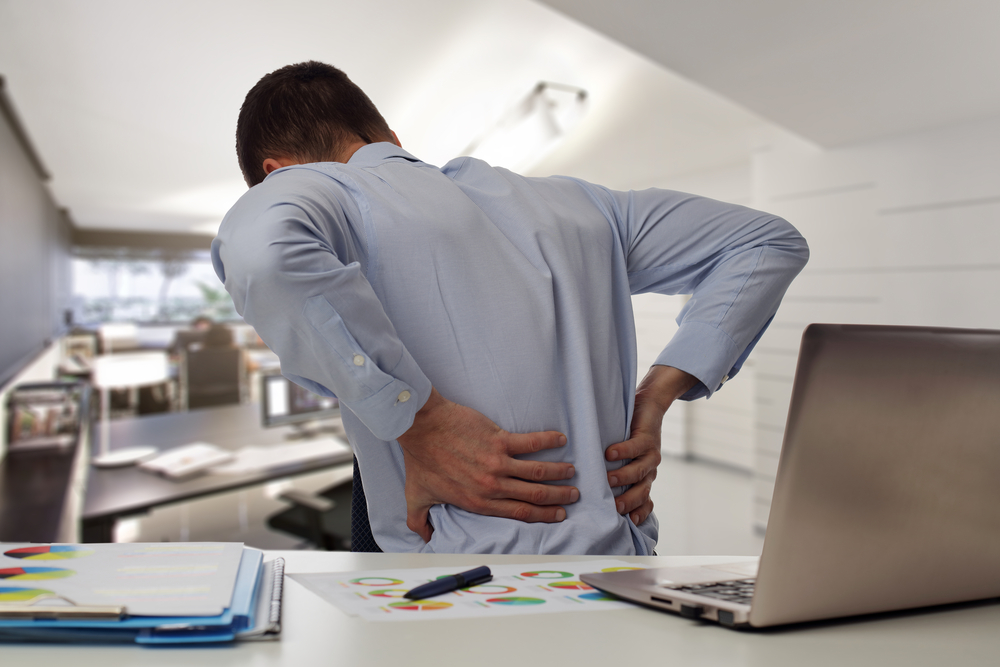Preventing Slips, Trips and Falls in the Workplace
Slips, trips, and falls (STFs) are one of the leading causes of workplace injuries and deaths. According to the Bureau of Labor Statistics, STFs account for approximately 16 percent of all workplace deaths and are the cause of a quarter of all reported claims each year.
Although certain industries, such as construction and healthcare, experience a particularly high rate of slip and fall injuries, businesses in all industries are at risk. A slip in a supermarket aisle can be just as harmful as a slip on a construction site, even if it doesn’t occur quite so often.
The True Cost of Slips, Trips and Falls
The total cost of STFs is difficult to calculate and varies by business. However, the types of costs business experience remain constant:
- Increased insurance premiums
- Workers compensation claims
- Loss of productivity from lost employee time
- Cost of training replacement workers or paying overtime
- Serious injuries can damage brand image and reputation
- Damage to workplace morale
For the victims, STFs typically result in sprains, bruises, cuts or broken bones. In more severe cases, permanent disability and death are possible. In these circumstances, it is clear that the physical, emotional and long-term financial cost to those affected and their family can be very high.
Preventing Slips, Trips and Falls
The potential for an STF depends on a wide variety of factors, including:
- Floor material
- Environment factors, including weather and temperature
- Spillages and debris
- Employee behavior and training
- Employee footwear
Sadly, many workplace injuries and deaths that result from slips and falls are preventable. Instead of waiting for an issue, businesses must be proactive to prevent injury.
Identify, Assess and Minimize Risk Factors
Risk factors will vary across different workplaces. Possible slip risks include spills on smooth floors (including water and oil), dry products such as discarded packaging, highly polished or waxed floors, and irregular surfaces. Trip risks include workplace debris, exposed wiring and cabling, and changes in elevation.
Businesses must also account for other factors, including poor lighting, missing signage and areas where employees are likely to be carrying heavy products or rushing.
Businesses should assess which risks affect them and the level of risk for each factor. Starting with the highest risks, businesses must then implement effective methods for reducing the risk as much as is possible.
This includes examining current procedures for potential improvements. For example, a business may use wet floor signs to signpost potential slip hazards in areas where spills are regularly made. A more effective solution would be to change the floor material to something rougher, but this might be too expensive. A good middle ground would be to use mats to provide more grip in highly slippery areas.
Ongoing Workplace Training
No workplace is perfect; slip and trip hazards will always occur. This is why it is so important that businesses educate their employees to watch out for and solve STF risks. Managers can’t be everywhere: every employee has the responsibility to contribute to workplace safety.
Workers should be educated about potential hazards and how to fix them, as well as be aware of the benefits of effective footwear. A workplace culture that allows and encourages individuals to point out health and safety problems should be promoted. It is just as important that workers are empowered to take action and solve problems themselves wherever possible. In the time it takes to report a problem, someone might get hurt.

With over 10 years of experience in managing workers’ comp claims Tehila understands well the struggles involved. Joining Modwatch gave her the opportunity to use her passion of reducing work related injuries, getting employees back to work, and helping reduce insurance premiums to help others.

